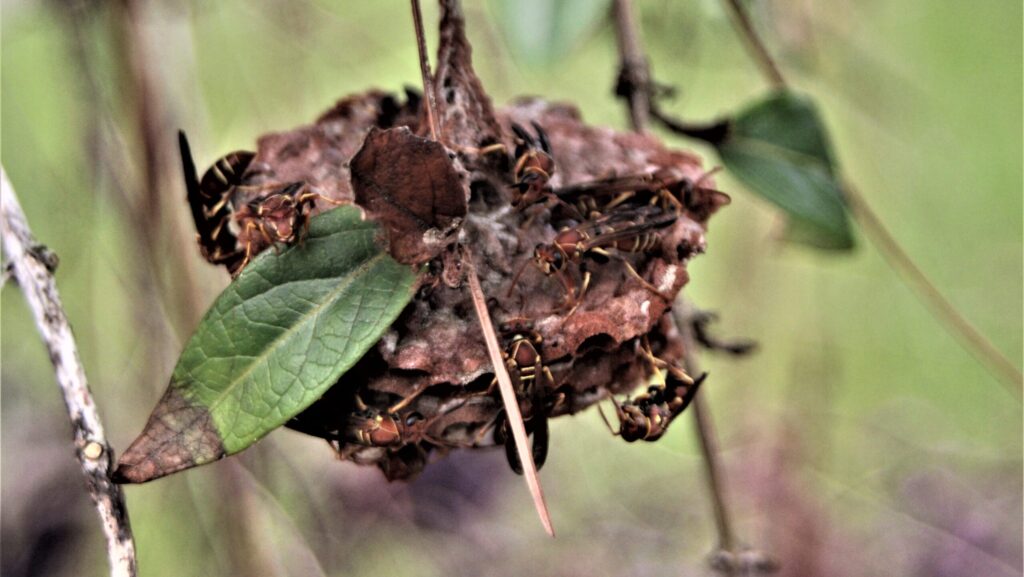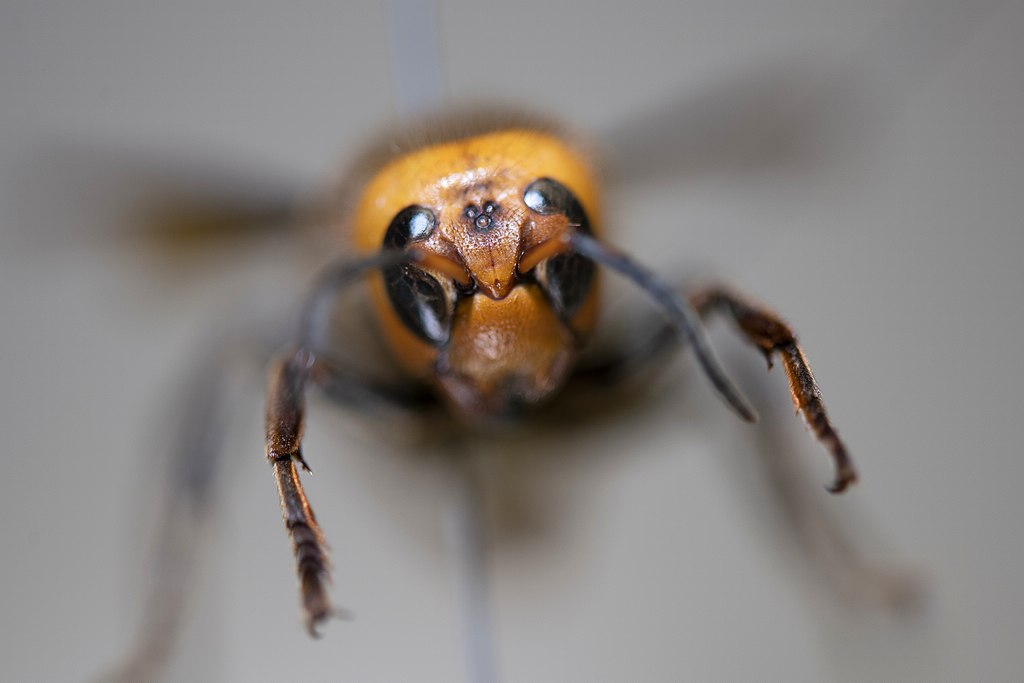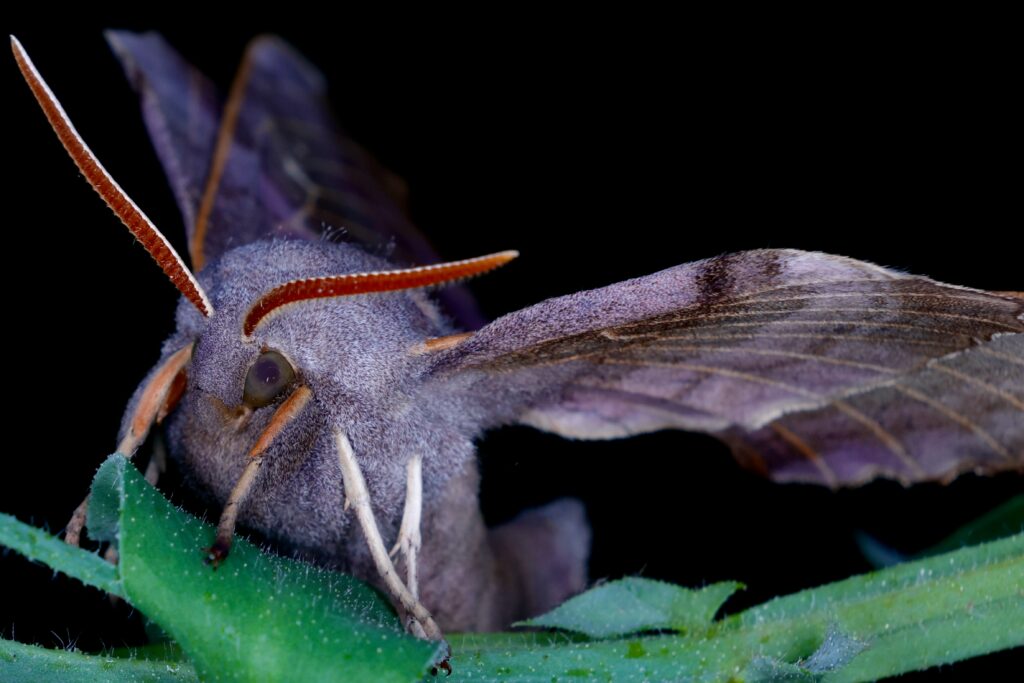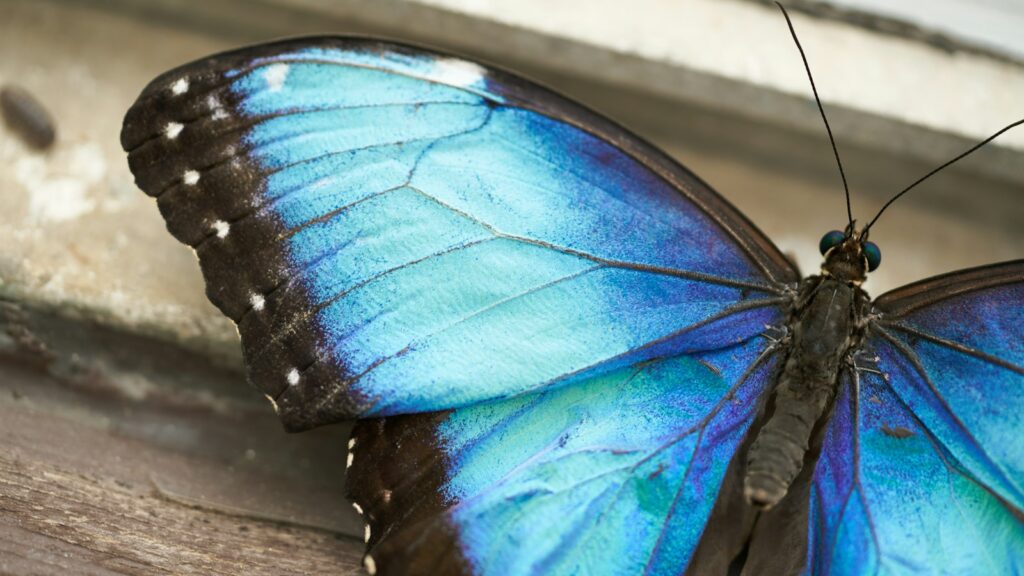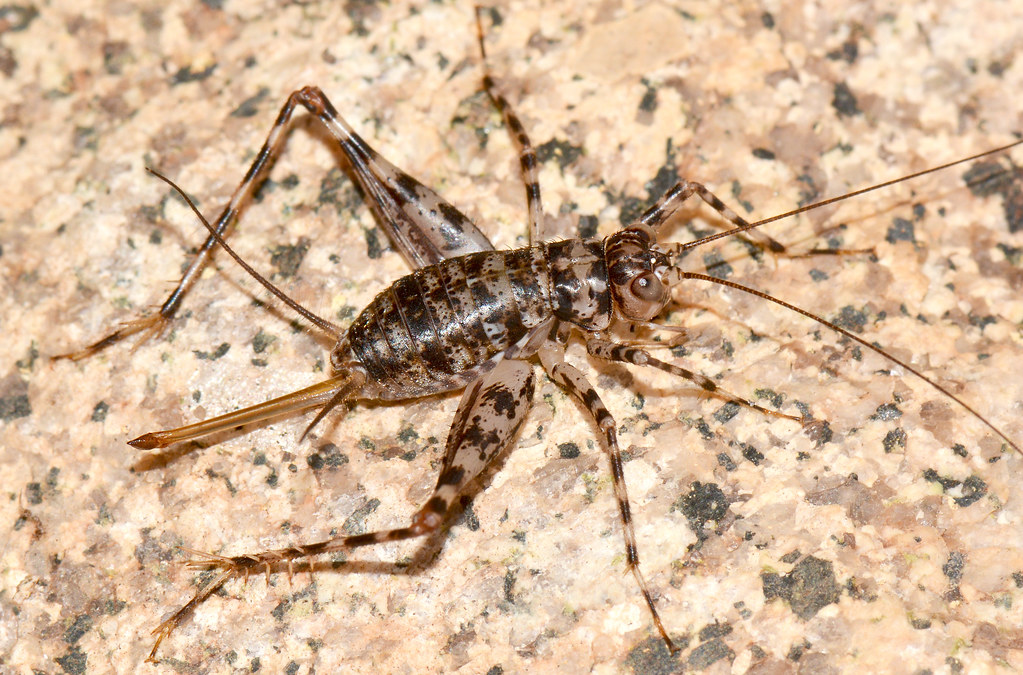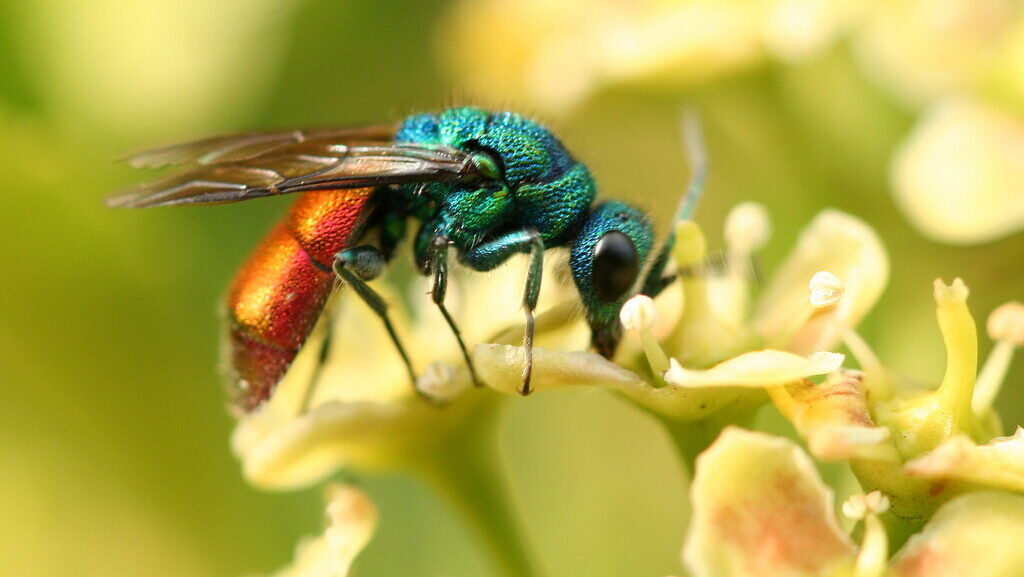The Evolution of Insect Societies: From Solitary Survival to Superorganisms
The natural world teems with remarkable examples of social organization, but few are as intricate and fascinating as insect societies. From the lone wasp foraging for her offspring to the complex metropolis of an ant colony with millions of inhabitants, the spectrum of social behavior in insects offers a window into one of evolution’s most ...

